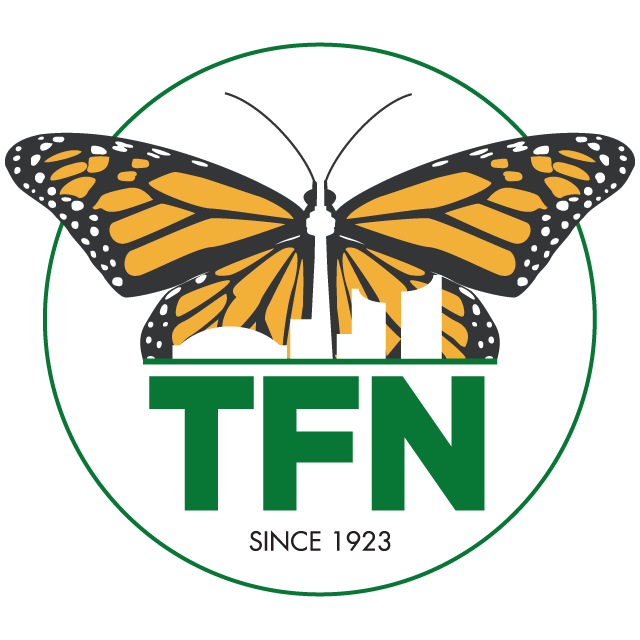Yesterday, Bob Kortright and Jason Ramsay-Brown represented TFN at the City of Toronto’s Biodiversity Strategy Workshop at East York Civic Center, attending alongside participants from TRCA, U of T, ProtectNatureTO, and various City divisions. This important strategy aims to “increase the quality and quantity of natural habitat, design the built environment to support more biodiversity, and increase access to and awareness of nature in the city.” Viewed in conjunction with the Ravine Strategy, Pollinator Protection Strategy and similar such documents, it serves as another vital thread in a tapestry of recent initiatives that encourage meaningful refuge and protection for Toronto species.
Participants spent the day exploring the most recent version of the draft and making suggestions. This feedback will inform the report to be presented to Council next year. The version available for comment yesterday demonstrated many significant improvements over the one last published on the City website, improvements driven by prior rounds of stakeholder commentary. Thus, TFN is quite optimistic that further improvements will be reflected in the next iteration based on the ideas we heard discussed during yesterday’s review.
There will be opportunities for open public comment before all is said and done, and we encourage TFN members to contribute to this process. We’ll be sure to publish additional information in the newsletter and on the site as it becomes available.

